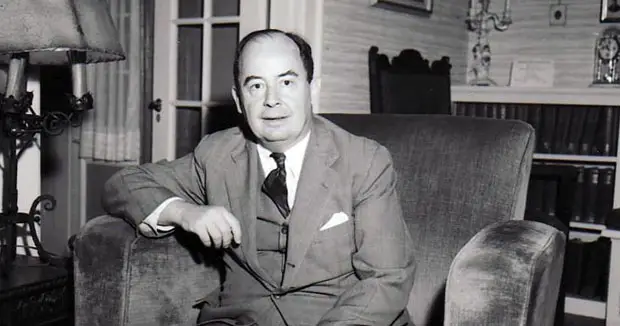
Early Life
The Hungarian-American mathematician and scientist, John Von Neumann was born to a wealthy family on 28th December 1903 in Budapest. His schooling was done from ‘Fasori Evangelikus Gimnázium’ which he entered in 1911. His father was very concerned about his education so he hired tutors to help with in areas where showed most talent. He started studying advanced level of calculus from the age of fifteen from a well-known analyst named Gábor Szegő who was rather amazed seeing Neumann’s mathematical abilities. By 19, Neumann had published two papers, one of which gave definition of the ordinal numbers. He did a PHD in mathematics as the major and experimental physics and chemistry as the minors from Pázmány Péter University. He was only 22 years old when he received the degree. After that he also earned a diploma in electrical engineering from ETH from Zurich, Switzerland. He succeeded in everything he did and his exceptional mathematical talent and affinity with the logical machine was apparent from his early achievements.
Beginning of Career and Work
Till 1927 Neumann had accomplished more than many of his fellows. He began his academic career by teaching at the University of Berlin as a ‘Privatdozent’ from 1926 to 1930. During this time he also published twelve mathematical papers all of major significance. He is said to have massive memorization and recalling skills which allowed him to recite scores of information as much an entire directories. He also became Professor at Princeton University from 1933 till his death.
In 1926 he went to Gottingen, Germany where he started working on quantum mechanics. He came up with rules of ‘Hilbert Space’ that led to the development of mathematical application on quantum mechanics. His role in nuclear development was a major contribution of his great mind to the Los Alamos project. He helped the scientists predict the result of the experiments without having to actually do them. He dealt with the mathematical part in the scientific experiments by the help of computing machines.
His use of the computational tools in the Los Alamos nuclear project experienced Neumann so much that he wished to have the use of computers in other fields of science too but with a much more precise approach this time; a dream that did come true by many of his efforts combined with other brilliant minds.
Later Life and Death
Neumann was the founder of many theories such as the Ergodic Theory, the Operator Theory, the Lattice Theory, Game Theory and the Measure Theory. All these played an imperative role in the advancement in the field of mathematics. He was also the founder of a branch of geometry known as continuous geometry and also the Von Neumann Algebras. He also advanced the level of mathematics in economics through his brilliant publications. Mathematical statistics was another field that benefitted from his remarkable intellect and knowledge of the field.
Neumann has been honored so rightfully just the way he deserved. He received the ‘Bocher Prize’, two Presidential Awards, Medal of Merit, Medal for Freedom, Enrico Fermi Award and the Albert Einstein Commemorative Award are just some of the awards given to him for his colossal contribution to the scientific world.
He was a pure genius of a man who died on 8th February 1957 however his ideas live on to benefit the world.